Three people died as a result of a train derailment near Stonehaven, Scotland, on August 12, 2020. Due to a landslip further down the line, the train was ordered to return back the way it came from, towards Aberdeen, when it hit another landslip and was derailed. The train was partially sent down an embankment; resulting in the driver, conductor and a passenger’s death.
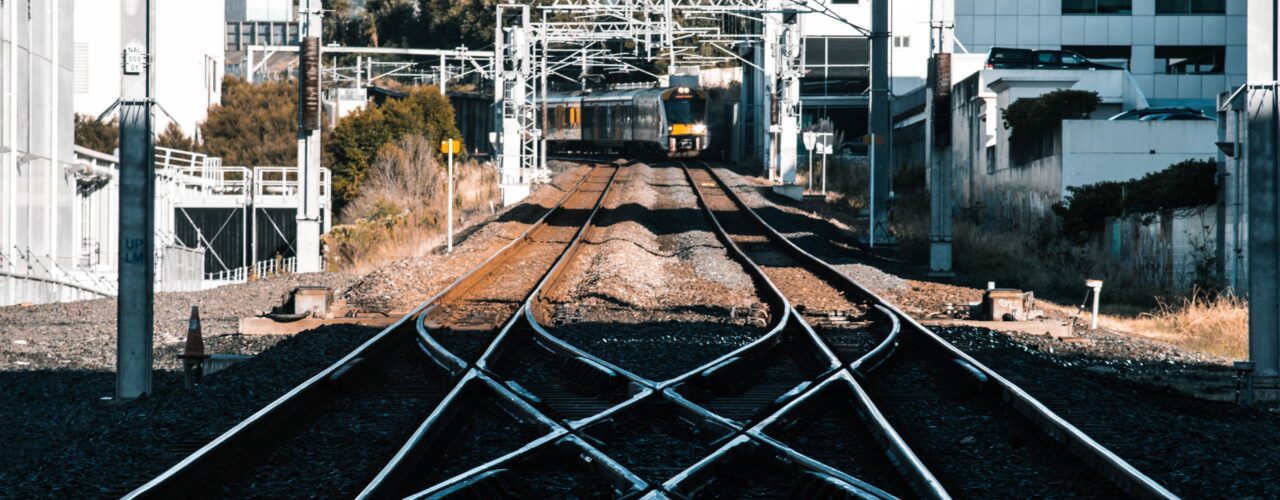
Heavy rain is blamed for the landslip that caused this accident, and Network Rail are now rushing to complete engineering checks on hundreds of railways across the country, checking the sloped grounds beside train tracks for any possible issues.
A report issued by National Rail stated “Climate change considerations are being embedded in our standards and planning…this is an area that is accelerating faster than our assumptions,” as more extreme weather incidents occur, there is a call for an increase in use of technology that can help predict and prevent more climate-associated fatal accidents in the future.
So what?
With an infrastructure that has been trusted for 150 years, Andrew Haines, chief executive of National Rail, claims that the UK’s railways is one of the safest in Europe, but that safety must not be taken for granted.
Railways that are resilient and adapted towards an increase in unpredictable downpours, or other extreme weather are integral to a safer future.
This is one of many unforeseen ripple effects of climate change, whilst key players scramble to develop technology to help prevent more catastrophes.
Photo by Gema Saputera on Unsplash

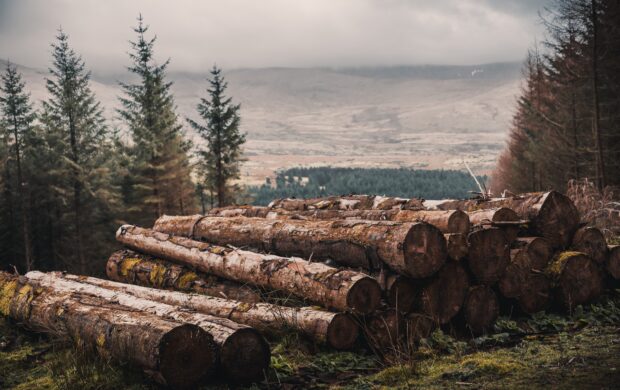
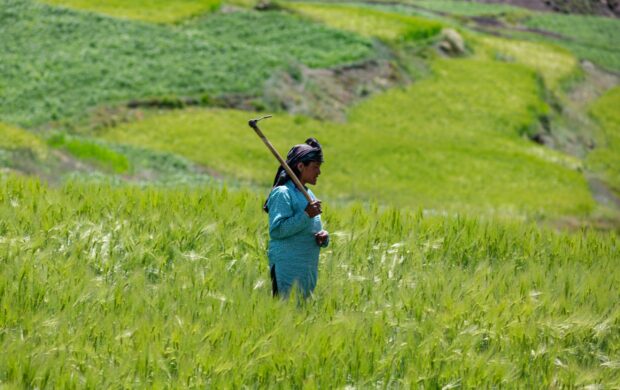
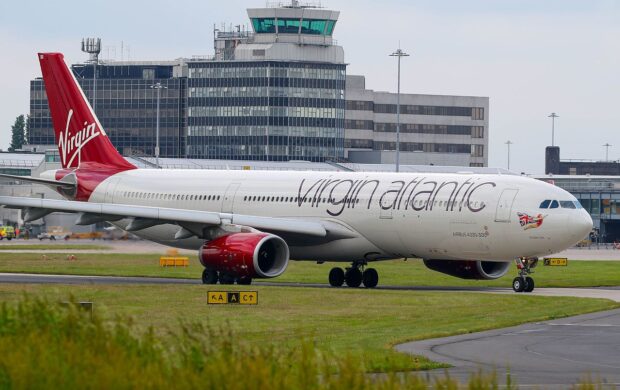

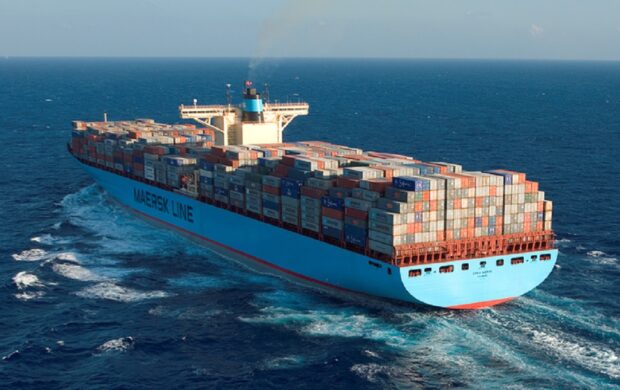




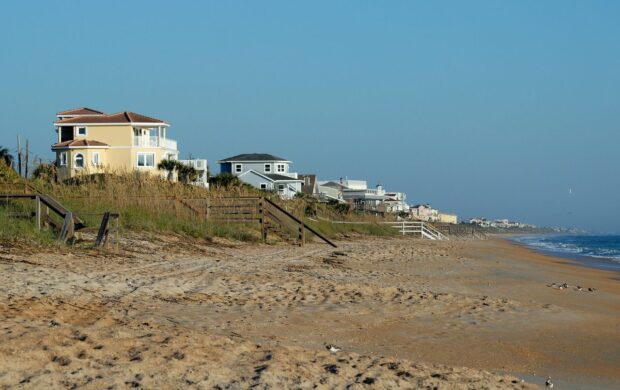





Join discussion